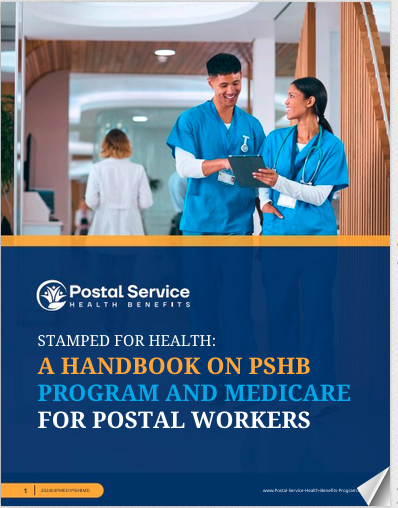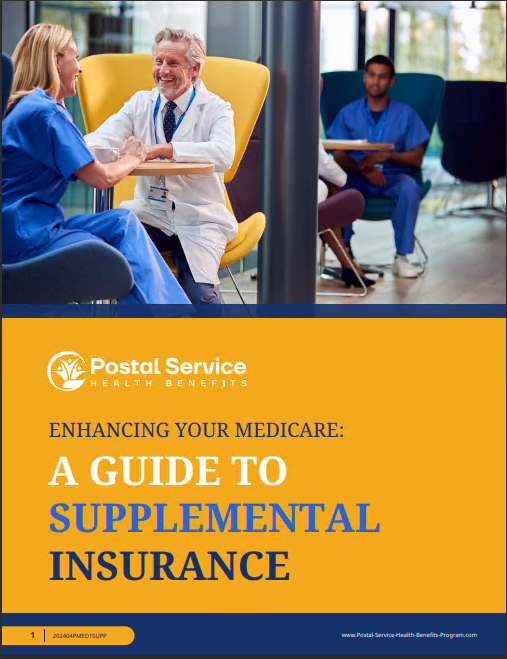Key Takeaways
-
Choosing a Medigap plan involves understanding your healthcare needs, budget, and how plans work with Medicare.
-
Balancing costs and coverage requires comparing options carefully and considering potential future healthcare expenses.
Medigap: Filling the Gaps in Original Medicare
Medicare offers essential coverage, but it doesn’t cover everything. That’s where Medigap, also known as Medicare Supplement Insurance, comes in. Medigap plans are designed to cover expenses like copayments, coinsurance, and deductibles that Medicare Parts A and B don’t pay for. If you’re considering a Medigap plan, you’re taking a step toward safeguarding your finances against unexpected medical bills. But how do you choose a plan that strikes the right balance between cost and coverage? Let’s dive in.
Understanding the Basics of Medigap Plans
Medigap plans are standardized, meaning that the benefits offered by a specific plan type (e.g., Plan G or Plan N) are the same no matter which insurance company provides it. However, premiums can vary widely. These plans are only available to individuals enrolled in Original Medicare, and they are not compatible with Medicare Advantage plans.
Who Can Enroll?
To enroll in a Medigap plan, you must already have Medicare Part A and Part B. The best time to sign up is during your Medigap Open Enrollment Period, which begins the month you turn 65 and are enrolled in Part B. This six-month window guarantees you access to Medigap plans without medical underwriting, meaning you can’t be charged higher premiums or denied coverage due to pre-existing conditions. Missing this window could lead to increased costs or limited options.
Key Factors to Consider When Choosing a Plan
Selecting the right Medigap plan involves evaluating several factors. Here are the key points to guide your decision-making process:
1. Assess Your Healthcare Needs
Your current health and anticipated medical needs should drive your choice. If you’re in good health and don’t anticipate frequent doctor visits, you might consider a plan with lower premiums and slightly higher out-of-pocket costs. Conversely, if you expect regular medical care or hospital visits, a more comprehensive plan might save you money in the long run.
2. Evaluate Your Budget
Medigap premiums are an ongoing expense, so it’s essential to choose a plan you can afford both now and in the future. While it might be tempting to select the cheapest option, remember that lower premiums often mean higher out-of-pocket costs when you need care.
3. Consider Coverage Needs Beyond Medicare
Some Medigap plans offer extra benefits, like coverage for foreign travel emergencies. If you plan to travel or have specific needs not covered by Medicare, these additional benefits might be worth the extra cost.
4. Understand Cost-Sharing Options
Medigap plans range from comprehensive (like Plan G, which covers nearly all Medicare-approved costs) to those requiring more cost-sharing, like Plan K or Plan L. Cost-sharing plans have lower premiums but require you to pay a percentage of your healthcare expenses.
Comparing Plans for Value and Coverage
Each Medigap plan is labeled with a letter (A through N), and each lettered plan offers a different level of coverage. For example:
-
Plan G: Covers almost all out-of-pocket costs, except the Medicare Part B deductible.
-
Plan N: Offers slightly lower premiums but requires copayments for some doctor visits and emergency room visits.
How to Compare Plans Effectively
-
Start with Standardized Benefits: All plans with the same letter offer identical benefits, so focus on coverage that aligns with your needs.
-
Check Premium Variations: Although benefits are the same, premiums differ by provider. Compare premiums for the same plan type to find a cost-effective option.
-
Factor in Rate Increases: Medigap premiums can rise over time. Understand whether a plan’s rates increase based on age (attained-age rating), stay the same after enrollment (community-rated), or are based on your age at purchase (issue-age rating).
How Medigap Works with Medicare
Medigap plans complement your Original Medicare coverage. When you receive medical services, Medicare pays its share first. Your Medigap plan then covers its portion, reducing or eliminating your out-of-pocket costs. However, Medigap doesn’t cover everything. For example, it doesn’t include prescription drug coverage, so you’ll need a separate Part D plan for medications.
Avoid Overlapping Coverage
If you’re already enrolled in a Medicare Advantage plan, you cannot use a Medigap plan. Before switching, make sure you disenroll from Medicare Advantage during the proper enrollment period.
When to Enroll for the Best Rates
Timing is crucial when selecting a Medigap plan. Enrolling during your Medigap Open Enrollment Period guarantees access to any plan available in your area without medical underwriting. If you apply outside this period, insurers may charge higher premiums or deny coverage based on your health.
Special Enrollment Periods (SEPs)
Certain life events, like losing employer-based coverage, can trigger a Special Enrollment Period, allowing you to enroll in a Medigap plan without penalty. However, SEPs are not as comprehensive as the Open Enrollment Period, so it’s best to plan ahead.
Balancing Current Costs with Future Security
Healthcare needs often change with age, so consider how your plan will serve you in the long term. While a low-cost plan may seem attractive now, it could leave you vulnerable to high out-of-pocket expenses later. Look for a plan that provides predictable costs and shields you from unexpected medical bills.
Budgeting for Future Premiums
Medigap premiums tend to increase annually. It’s wise to budget for these increases to ensure your plan remains affordable over time. Additionally, compare plans that offer cost stability through community or issue-age rating.
Steps to Choose the Right Plan
-
List Your Priorities: Determine which benefits are most important to you, such as low premiums, extensive coverage, or specific additional benefits.
-
Research Available Plans: Review the plans offered in your state. Not all plans are available everywhere, so check for local availability.
-
Compare Costs: Gather quotes from multiple providers for the same plan type to find the most competitive premium.
-
Consult Resources: Use tools like the Medicare Plan Finder or contact your state’s health insurance assistance program for guidance.
-
Make an Informed Decision: Once you’ve compared your options, select the plan that best aligns with your healthcare and financial goals.
Key Considerations for USPS Workers and Retirees
As a Postal Service worker or retiree, you may already have access to other forms of health coverage, such as the Postal Service Health Benefits (PSHB) program. Before selecting a Medigap plan, evaluate how it fits with your existing benefits. For example, PSHB may provide coverage for services not covered by Medigap, reducing the need for additional plans.
Transitioning to Medicare
If you’re nearing retirement or recently retired, coordinate your Medicare and Medigap enrollment to ensure seamless coverage. Keep an eye on enrollment deadlines to avoid gaps in your healthcare coverage.
Protect Your Health and Budget with the Right Plan
Choosing a Medigap plan is an important decision that requires careful consideration of your healthcare needs, financial situation, and available options. By understanding how these plans work and comparing your choices thoroughly, you can select a plan that provides peace of mind and protects your financial well-being.







